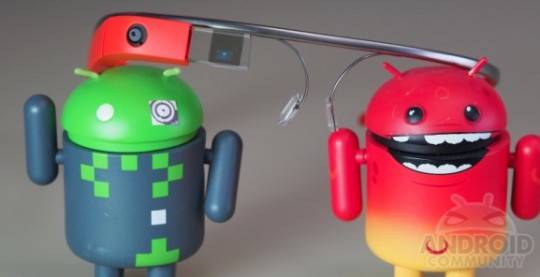
Google has just announced that its Google Glass Mirror API no longer requires a whitelist in order to get access. This means that any developer interested in developing Glassware or apps for the smart eyewear can now do so, of course, with still the same technical limitations of the API.
The Mirror API basically lets developers create web apps that run on Google’s server and push content to users’ Glass devices that get displayed as timeline cards. This makes apps easy to distribute to users and also lightweight, as no code actually runs on the device itself. The price that has to be paid, however, is versatility and power, as the Mirror API is quite limited in the resources and features that it gives developers access to.
At the moment, the Mirror API supports only five types of resources. The Timeline resource gives developers access to a device’s timeline, allowing them to push cards as well as have interactive menu items. The related Timeline.attachments resource, as the name suggests, allows adding attachments to a card, ranging from photos to geolocation. The Subscription resource is important for developers to keep track of user activities, such as interacting with menu items, sharing content, and checking the current location at timed intervals. The latter can also be manually checked using the Location resource. Finally, the Contacts resource handles the management of contacts, which can be any person or any Glass device that can receive timeline cards.
Majority of aspiring Glassware developers are still probably waiting for the native Glassware Development Kit (GDK), which promises to bring more control and more options for developers. The GDK was teased at a two-day hackathon in San Francisco last week and is expected to be launched really soon. In the meantime, developers who want to test the waters of Glassware development can now freely and immediately do so as long as they’re content with using the Mirror API for now.










Someone please send me an invite…. This is stupid…